Browsing with Microsoft Edge
Browsing with Microsoft Edge
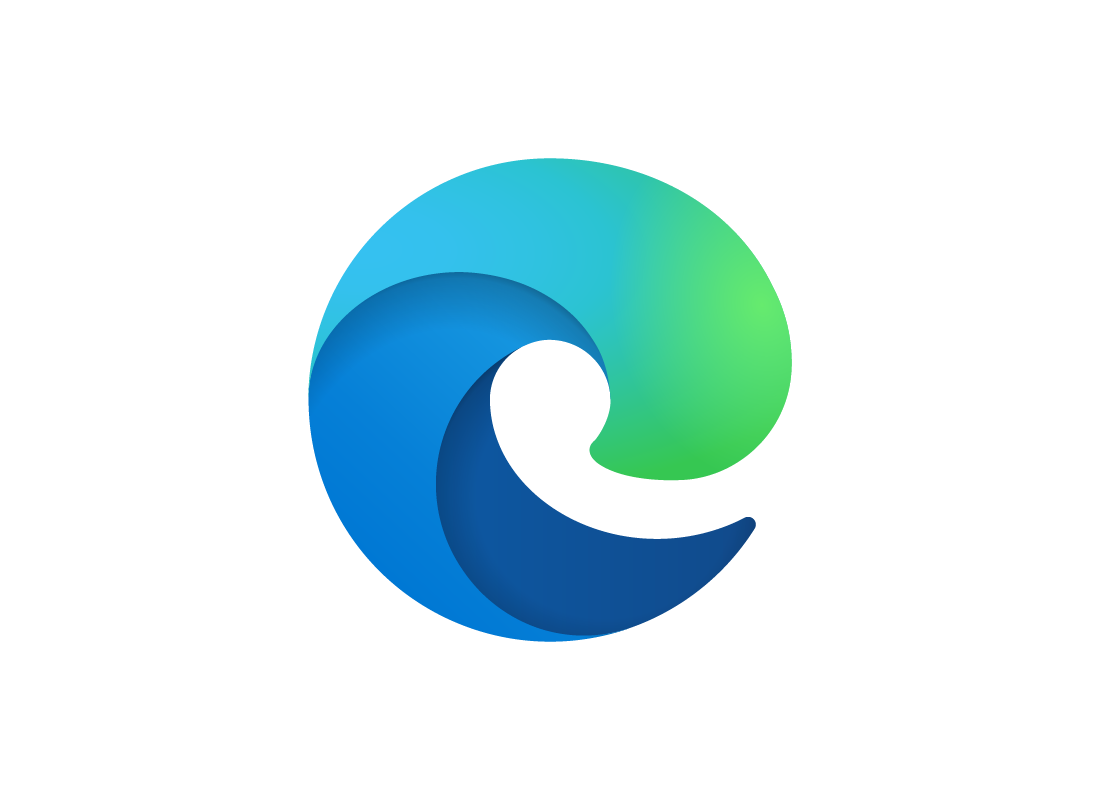
What's coming up?
In this activity you'll find out about the Microsoft Edge web browser, and how to use it to help browse the web more safely and conveniently.
This activity is about Microsoft Edge on desktop and laptop computers, but if you use Edge on your mobile device, you should still be able to follow along.
Start activityWhat is Microsoft Edge?
Microsoft Edge - usually just called Edge - is a free web browser. If you have a Windows 10 or 11 desktop or laptop computer, Edge is installed by default. You can also get Edge from the Microsoft Store.
When Edge is installed on your computer, it keeps itself updated to help keep web browsing safe.
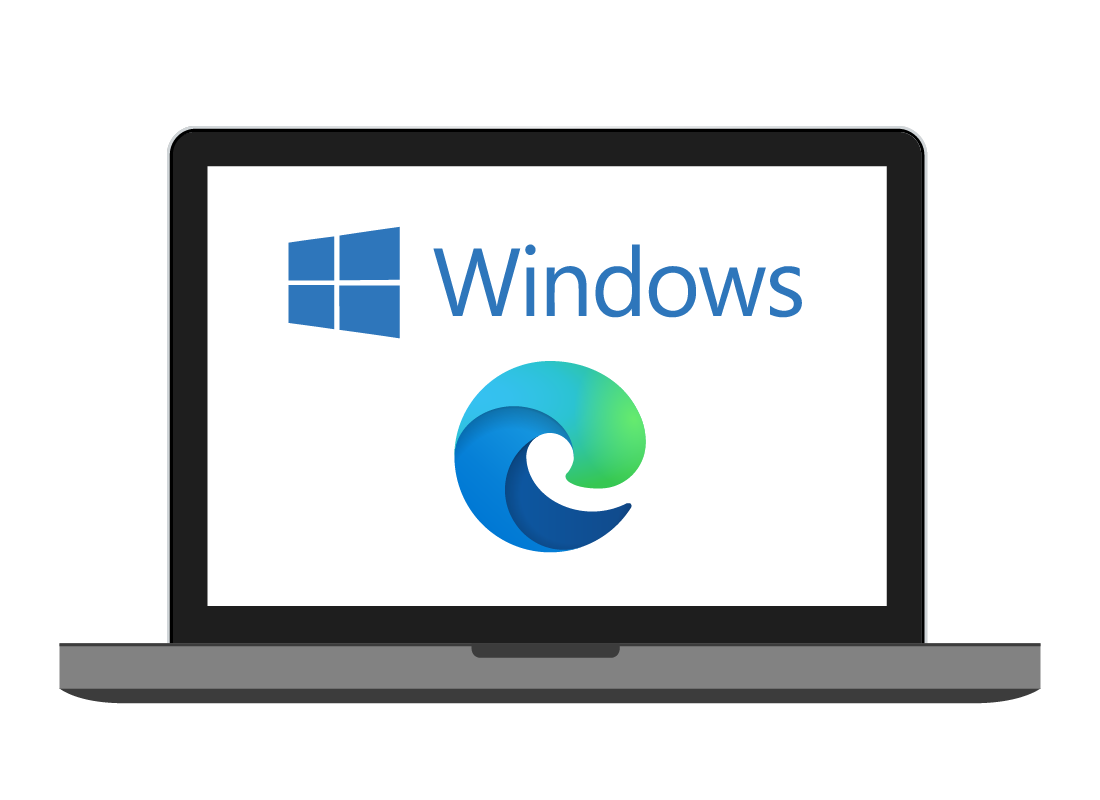
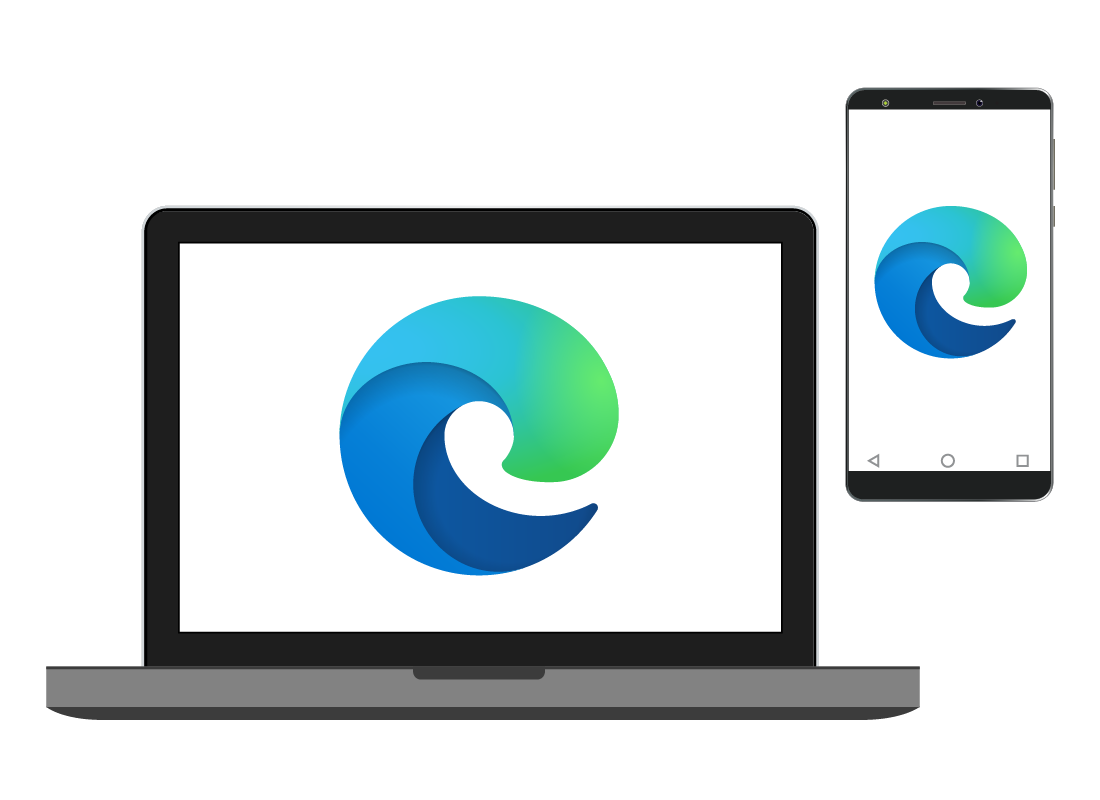
Why should I use Edge?
Edge is a popular browser, and is the default on Windows 10 and Windows 11 computers. You can also install Edge on your Android or Apple mobile device, by downloading it from your device's official app store.
Edge helps you browse privately
Normally, web browsers keep a record of every website you visit in the browser History. If you'd rather browse without having this history recorded, you can use Edge's InPrivate mode:
- Click the three dots in the top right of the main Edge panel
- Click New InPrivate Window
- A new browser page opens and you can see InPrivate written in the top right, near the three dots.
Browsing in InPrivate mode makes it harder for sites to track you and target ads to you, so it's more private.
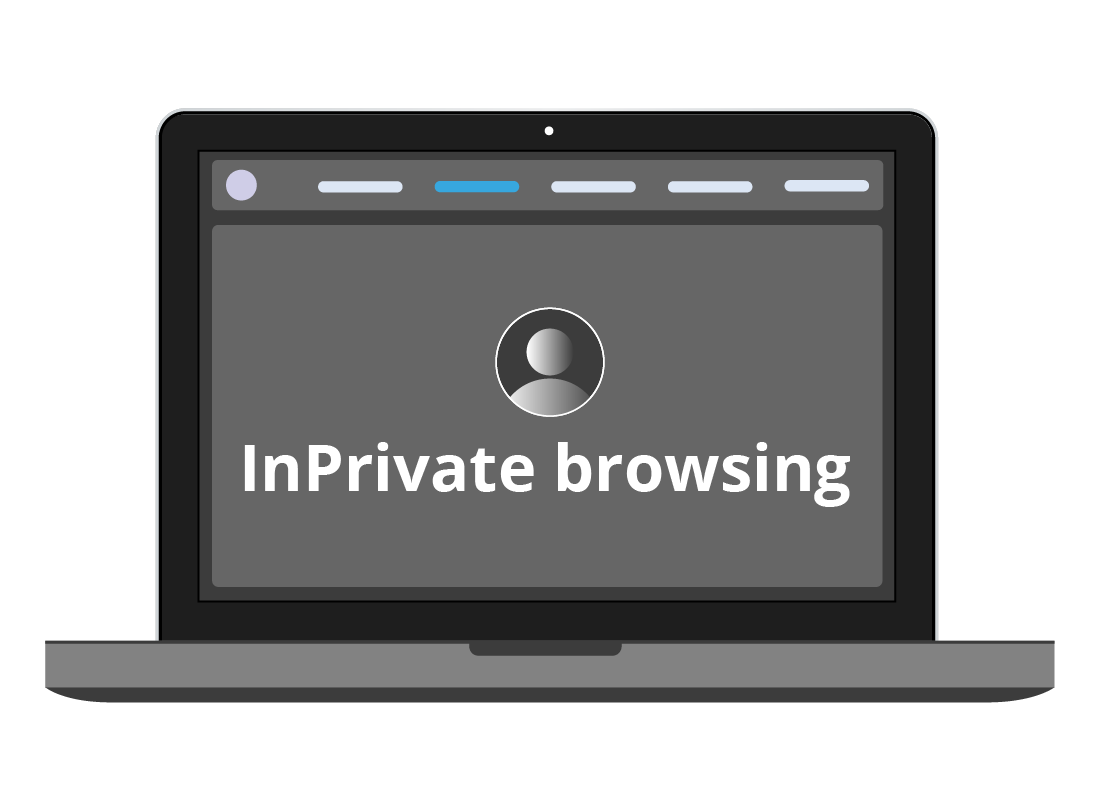

eSafety tip
When you use InPrivate mode, the sites you visit won't be recorded on your device's browser history, but it's not completely anonymous. Your ISP (Internet Service Provider) and others will still be able to track your internet activity.

Edge blocks known malicious websites
Some websites are set up to give devices that visit the site a virus, or to try to steal the identity of people who use the site. These are called phishing sites and Edge gets updates from Microsoft about these unsafe sites.
If you try to visit a known phishing site, instead of loading the site, Edge will display a warning message on your screen letting you know that visiting the site is not safe.
You can then press Go back and find a different site to visit.

eSafety tip
Even though Edge will block most known phishing sites and even some viruses and other malicious software, it's still a good idea to install an antivirus package to help keep your device safe.
You can find out more in our Using antivirus software course.
Signing in to Edge
You can sign in to Edge using your Microsoft Account. If you don't have a Microsoft Account, you can get one for free. This is the same account that you use to sign in to your Windows computer.
When you sign in to Edge, you get extra features, including a free password manager to keep your passwords safe. You can learn more about password managers in our Managing passwords course.
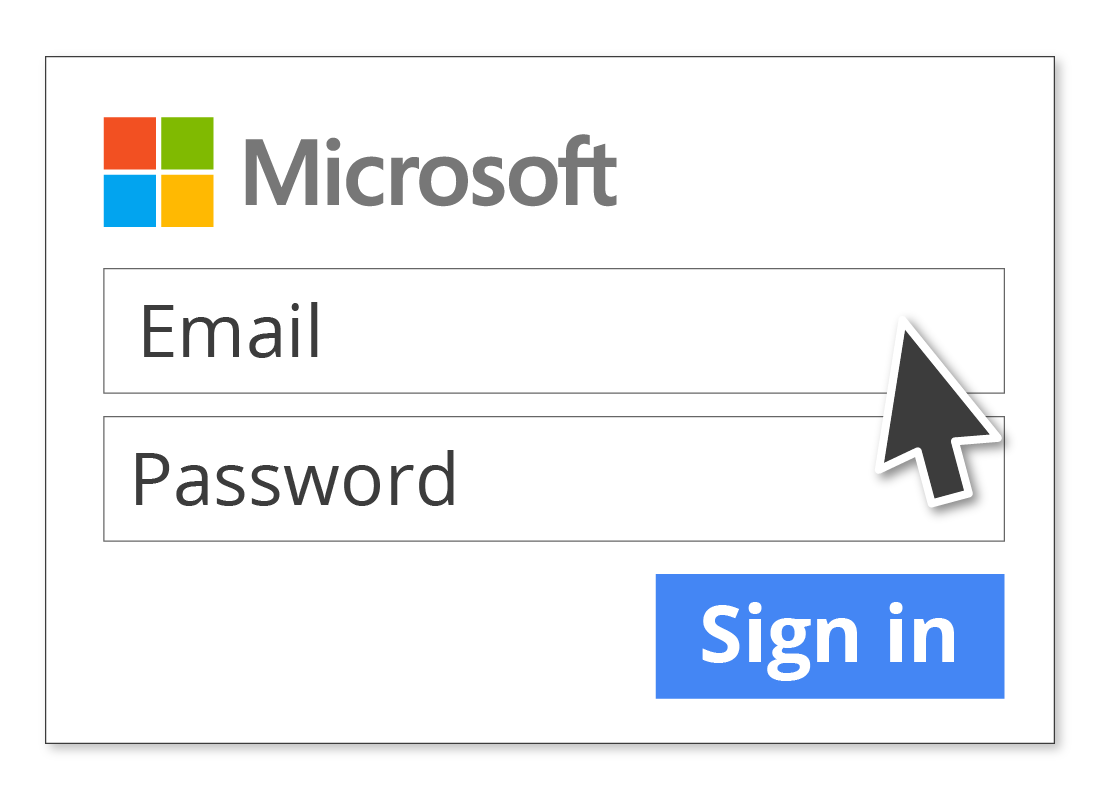
Managing cookies in Edge
Many websites will ask permission to save a cookie on your computer when you first visit. These cookies may be used to personalise the site, or even target you with ads.
From time to time, some websites may stop loading content correctly and deleting cookies might resolve this problem. You may never need to delete cookies, but it's good to know where to find them, just in case.
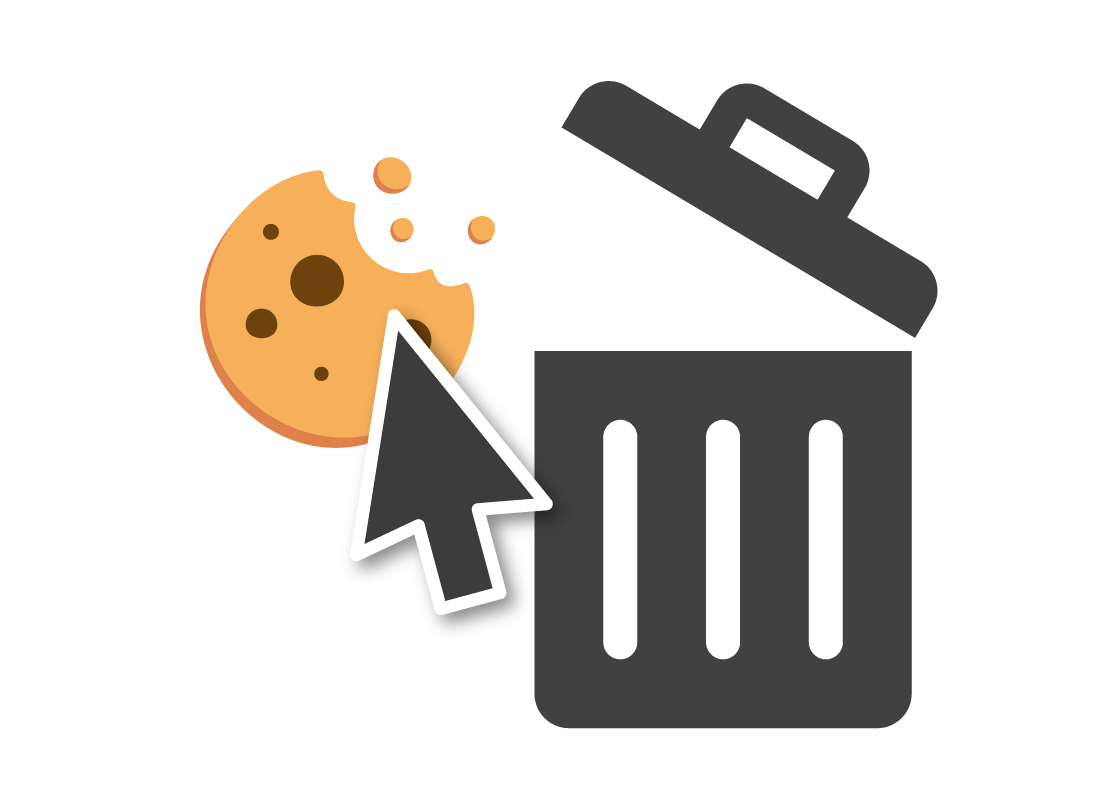
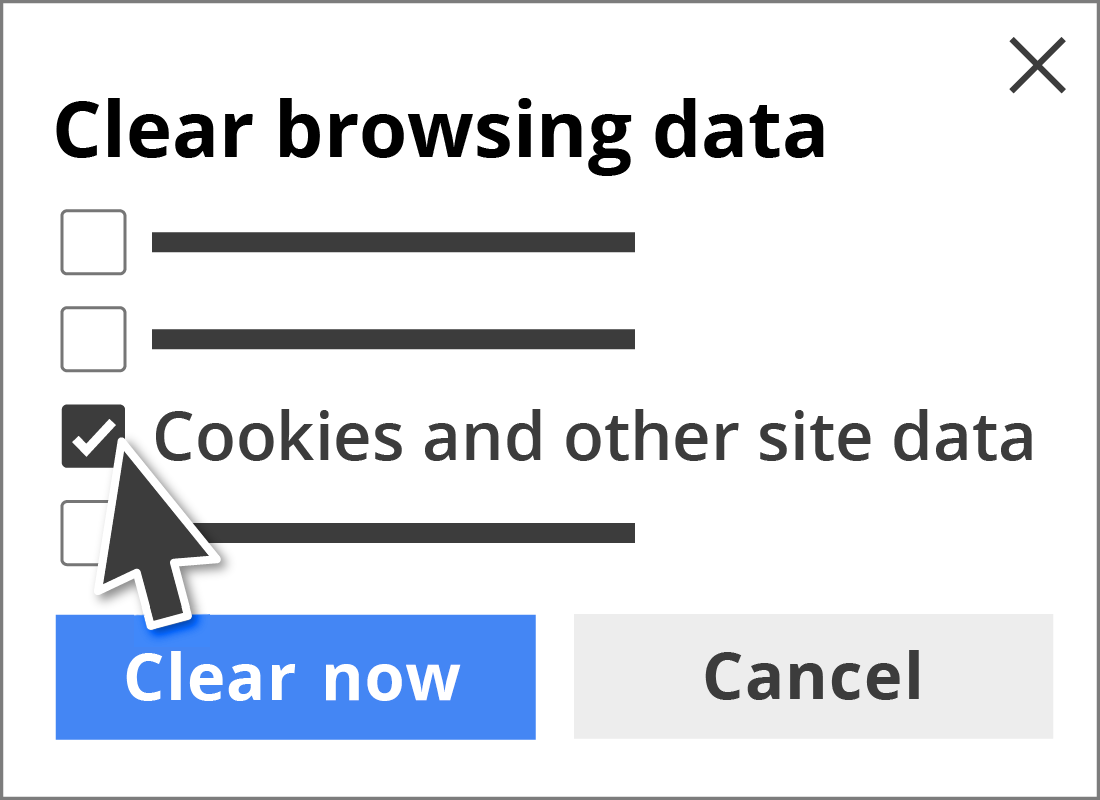
Deleting cookies in Edge
To delete cookies that are stored on your computer:
- Click the three dots in the top right of the main Edge panel
- Choose Settings
- From the left side of the panel that appears, choose Privacy, search, and services
- A right-hand panel appears, find Clear browsing data now, then select Choose what to clear
- Ensure Cookies and other site data is selected
- Click Clear now.
Clearing your browsing history
Every website you visit using Edge is recorded in Edge's History. You can manage your privacy by deleting some or all of these records:
- Click the three dots in the top right of the main Edge panel
- Choose Settings
- On the left side of the panel that appears, choose Privacy, search, and services
- On the right-hand panel, find Clear browsing data now then click Choose what to clear
- Ensure that Browsing history is selected
- Click Clear now.
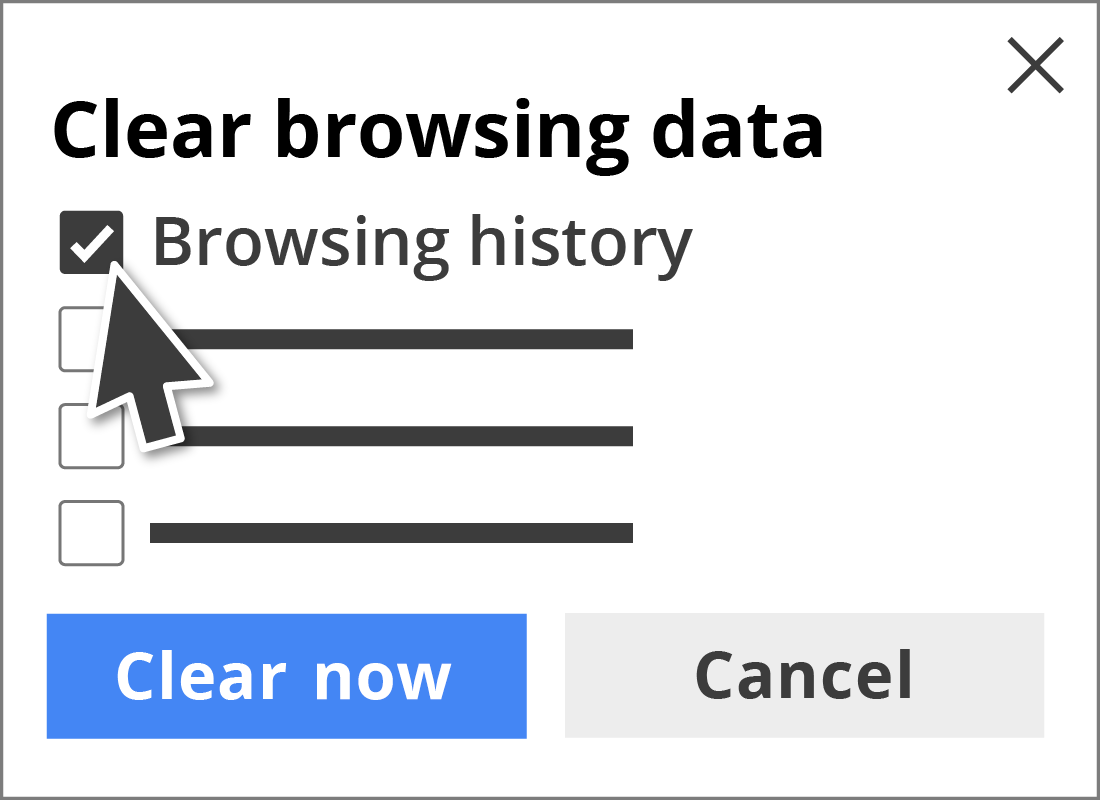

eSafety tip
The Clear browsing data now panel allows you to choose the Time range for deletions. Options are from the Last hour to All time. It's safest to choose All time as this will remove all records from your device.
You can also use this panel to delete cached (saved) images from your browsing data. Your browser saves some images from websites you have visited so that you don't need to reload the image on your next visit. Deleting cached images frees up some storage space on your computer, but next time you visit the site, it might take a little longer to load.
Bookmarking in Edge
Once you've found the website you're looking for, you can get back to it quickly in the future by using a handy little feature called known as a bookmark. A bookmark in the Edge browser is known as a Favorite. Adding a web page to Favorites is just like bookmarking a page in a book - and you can create as many Favorites as you like for any websites you want to return to.
The following panel has a video that shows you how add a web page to Favorites using Edge.
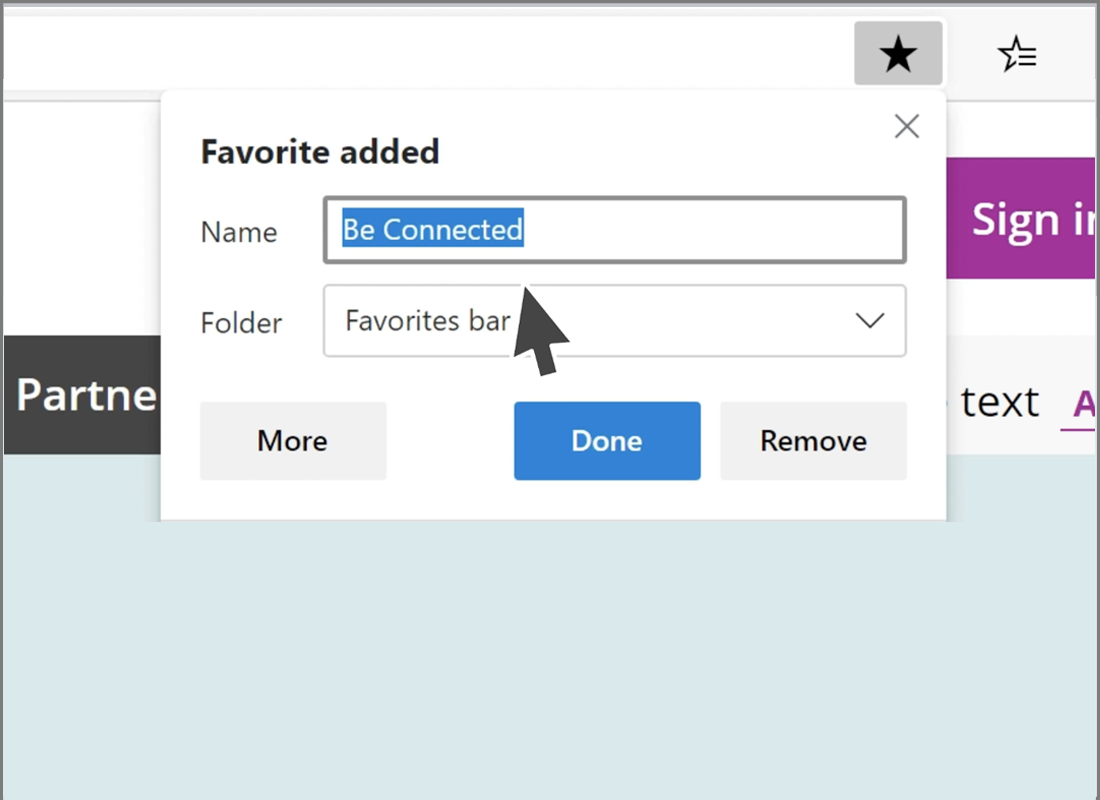
Bookmarking a web page in the Edge browser
A Bookmark, or Favourite, creates a handy shortcut to a web page, so you don't have to type its address or search the internet to find it again. Any web page you visit regularly, or which you want to remember, can be saved as a Favourite in your computer's web browser. Let's look at how to add a web page as a Favourite in the Edge browser.
First, type the name of the web page you want to open in the Address bar. With the web page open, click the Favourite icon in the far right of the Address bar. It looks like a star with a plus symbol.
A drop-down menu will appear with the name of the web page highlighted. You can keep the name suggested by Edge, or type another name into the box if you'd like.
Now, let's choose where to save the web page. In the Folder drop-down menu, check that the Favorites bar is selected. Now, click Done. And that's all there is to it!
Next time you want to visit that web page, click on the three horizontal dots at the far right of the browser. From the drop-down menu that appears, go to Favourites to open the Favourites menu. Now, from the list of web pages below Favorites bar, simply click on the one you want to open. It's that easy!
Edge Add-ons
Edge supports small programs called browser extensions or Edge Add-ons. These aren't standalone apps, but more like extra tools and functions you can add to Edge.
You can even get an Add-on that blocks ads. You can find out more about this in the More tips for safer browsing activity later in this course.
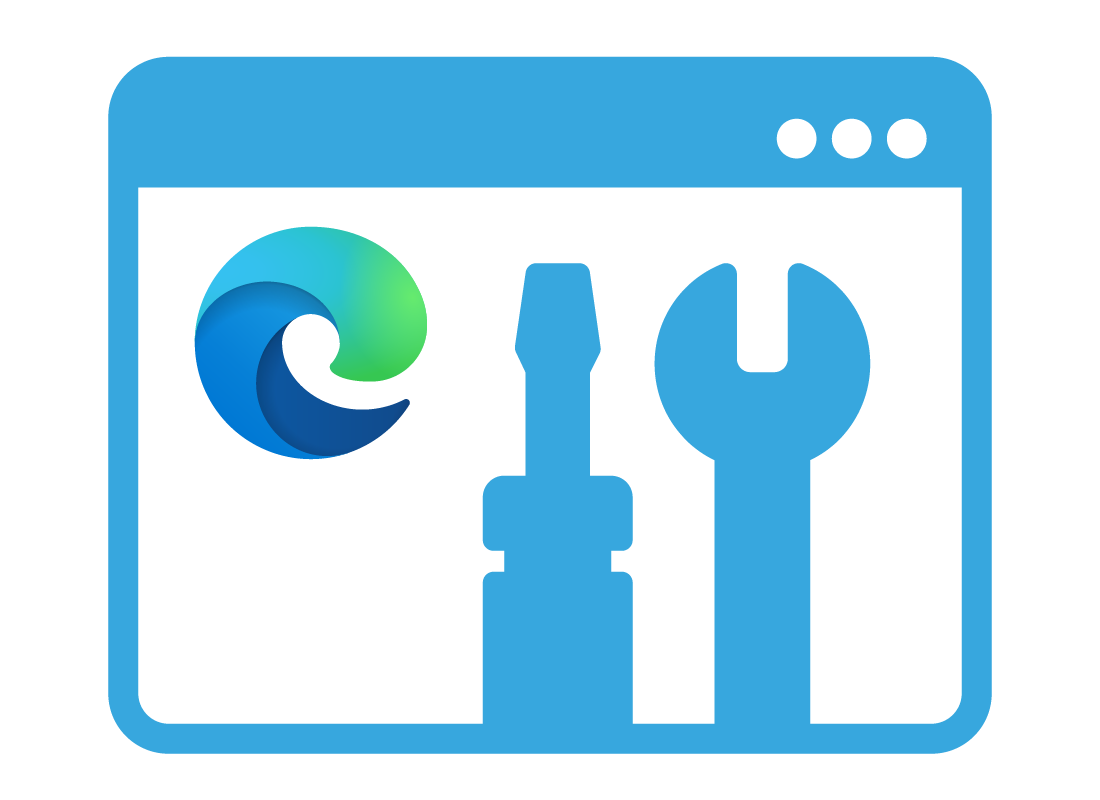
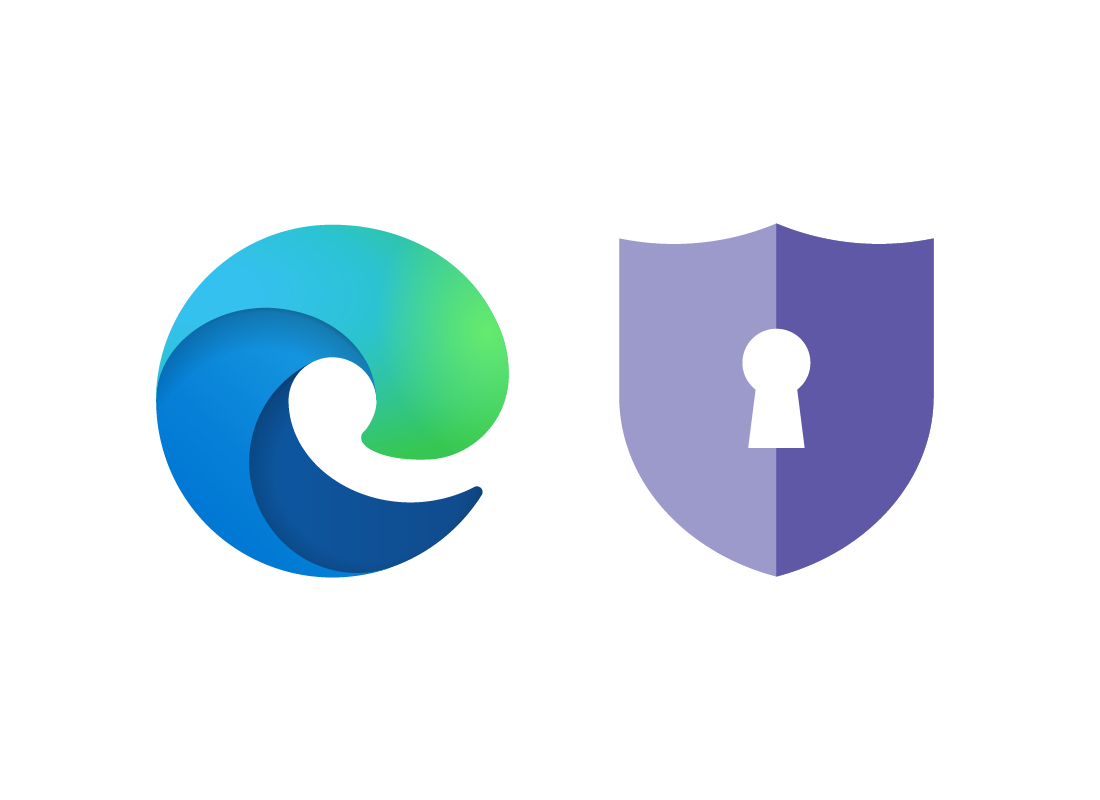
Well done!
This is the end of the Browsing with Microsoft Edge activity. You should now know how to manage cookies and some browser settings to help use Edge more conveniently, safely and privately.
If Edge is the only browser you use, you can skip ahead to the More tips for safer browsing activity. Or you can continue to learn about safety tips for Browsing with Apple Safari.